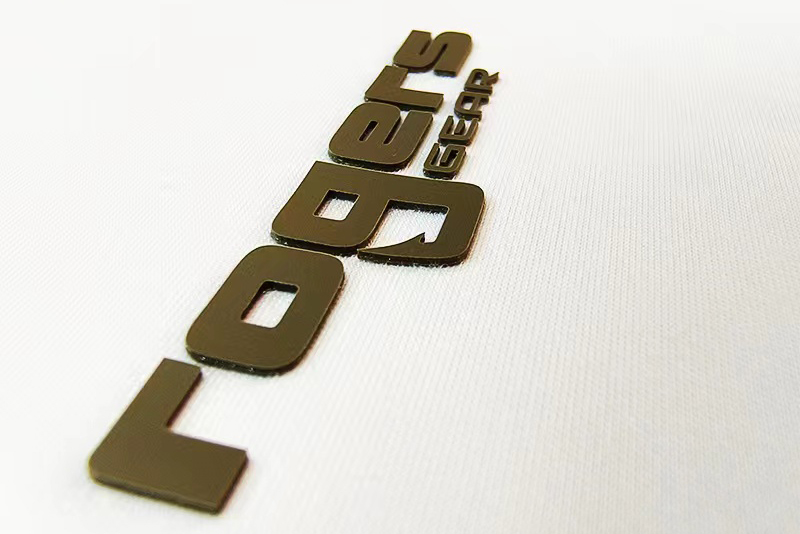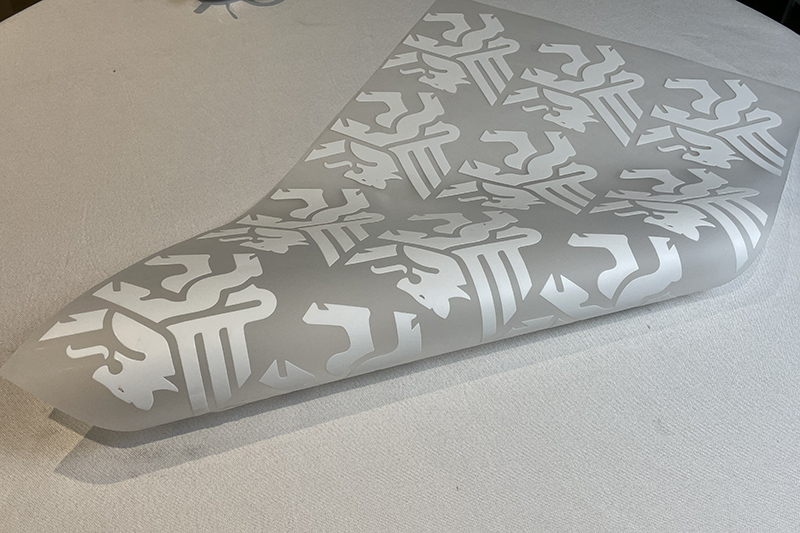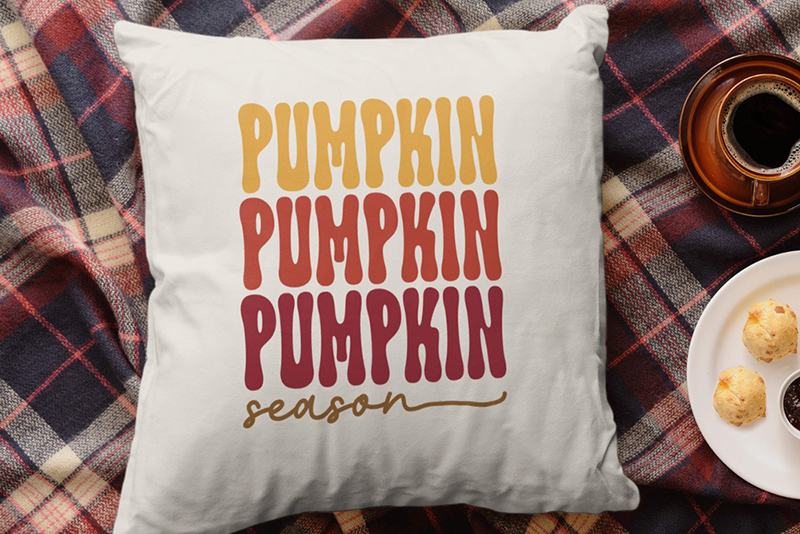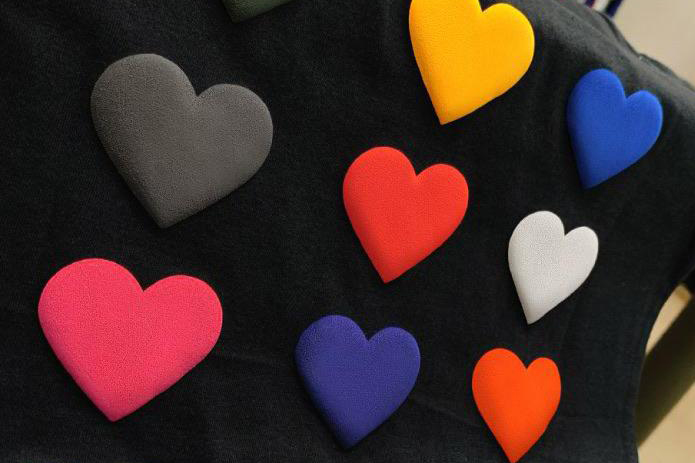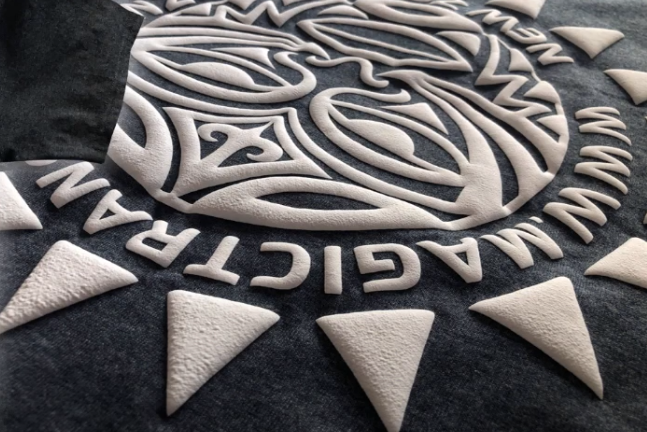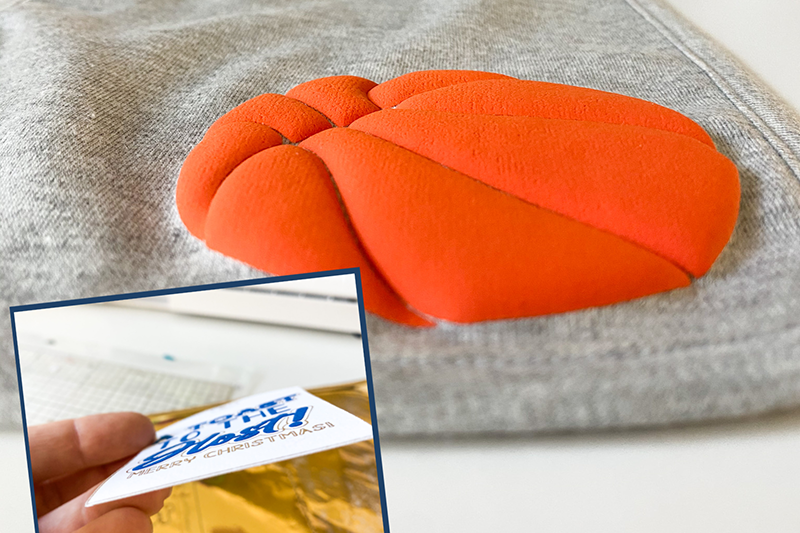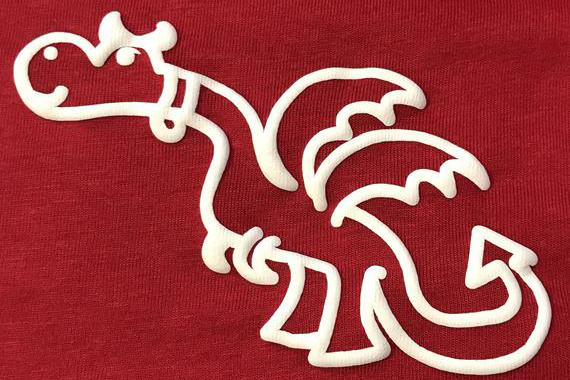The silicone HTV (Heat Transfer Vinyl) market can vary regionally due to factors such as market size, industry trends, and consumer preferences. Here's a general regional analysis and some market entry strategies for the silicone HTV market:
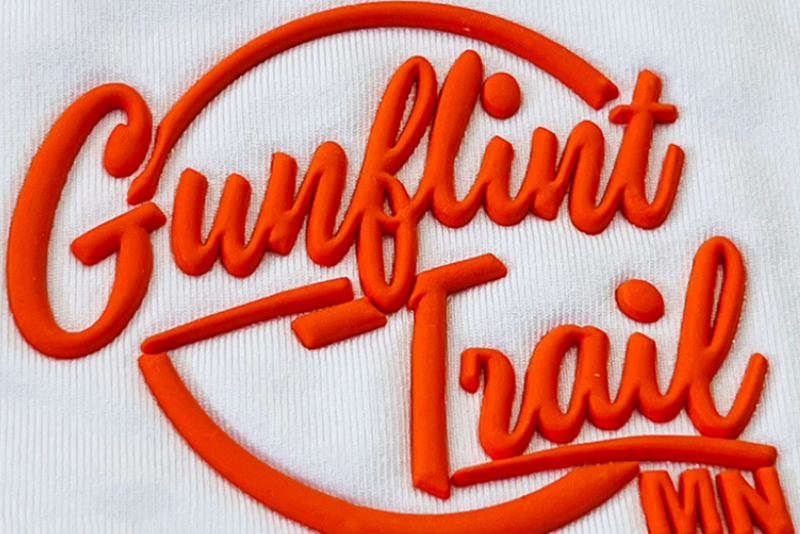
1. North America: North America represents a significant market for silicone HTV, driven by a strong demand for customization, personalization, and branded merchandise. The region has a mature market with a well-established presence of manufacturers, suppliers, and distributors. To enter the North American market, companies can focus on building strong partnerships with local distributors, attending trade shows and industry events, and leveraging digital marketing strategies to reach businesses and consumers interested in customized and personalized products.
2. Europe: Europe is another prominent market for silicone HTV, with a robust demand for customized apparel, promotional products, and corporate branding. The region has a highly competitive market, with both local and global players. To enter the European market, companies can consider partnering with established distributors, participating in trade fairs like PSI and RemaDays, and ensuring compliance with relevant regulations, such as REACH (Registration, Evaluation, Authorization, and Restriction of Chemicals).
3. Asia Pacific: The Asia Pacific region offers significant growth opportunities for the silicone HTV market due to the increasing demand for customization and personalization in countries like China, India, and Japan. The region has a large manufacturing base and a growing number of small businesses and entrepreneurs. To enter the Asia Pacific market, companies can establish partnerships with local distributors, attend trade shows like Printing South China and India International Garment Fair, and adapt marketing strategies to cater to the specific preferences and cultural nuances of each country.
4. Latin America: Latin America is an emerging market for silicone HTV, driven by the growing demand for customized textiles, promotional products, and apparel. The region presents opportunities for market entry by collaborating with local distributors, participating in trade shows like ExpoPrint Latin America and Brazil Promotion, and understanding the unique cultural and linguistic aspects of each country.
5. Middle East and Africa: The Middle East and Africa region have a developing market for customized products, particularly in the UAE, South Africa, and Nigeria. To enter this market, companies can establish partnerships with local distributors, participate in trade shows like Sign and Graphic Imaging Middle East and Africa Print Expo, and leverage digital marketing strategies to reach businesses and consumers interested in personalized goods.
When entering regional markets, it's essential to conduct thorough market research, including understanding local competition, consumer preferences, regulatory requirements, and distribution channels. Adapting marketing and branding strategies to cater to regional preferences and building strong relationships with local partners will help companies successfully enter and establish their presence in the silicone HTV market.

